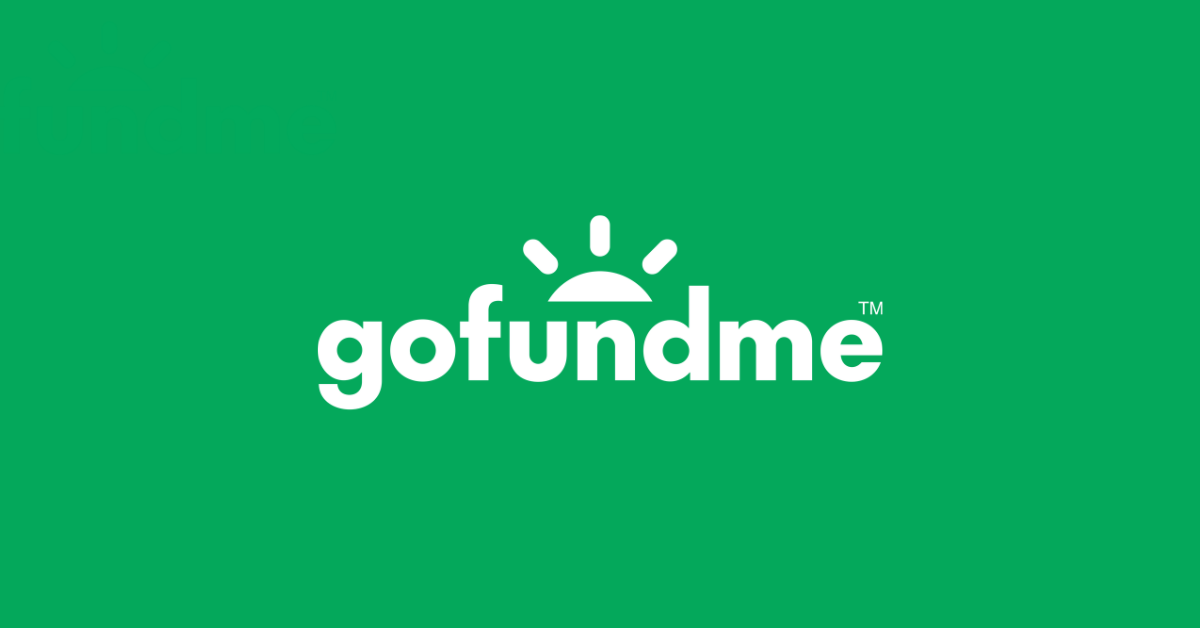You’re in the nonprofit world. You’ve built your brand, your website, your giving-page, your donor list. You’ve got your messaging tight.
Now imagine this: a major fundraising platform automatically crafts a “Donate to Your Organization” page — using public data — before you even know it exists. And you have no control over it, no access to donor info, no say in how the page is branded or what it says.
That’s exactly what’s happening with GoFundMe’s new “Nonprofit Pages” rollout. In late 2025, it was revealed that GoFundMe auto-generated donation pages for about 1.4 million U.S. nonprofits, many of which never opted in. Then, under pressure, GoFundMe announced it would “reverse course” on how it handles these pages.
What’s the issue?
Here are the major red flags:
1. Lack of consent & control
GoFundMe pulled public IRS/charity data and partner feeds to build pages for nonprofits — without the nonprofits’ approval. One Bay Area nonprofit found their page was live only after a donor asked if the page was legit.
2. No access to donor data or stewardship
If your page was automatically created and remains unclaimed, you’re cut out of the loop. You won’t have the donor list or control over branding. GoFundMe’s own support article says: you must “Claim your page” to access reporting and donor info.
3. Brand dilution + donor confusion
Since these pages often use your org’s name, mission, EIN, etc., they may show up when someone searches “Donate to [Your Org]”. That means traffic flows to GoFundMe instead of your own site (and your owned giving platform). The result? Less control, weaker donor journey.
4. Fee + transparency concerns
Auto-created pages carry defaults set by GoFundMe, like preset “tip” percentages and recurring-donation fees.
5. Regulatory & reputational risk
For the platform: putting up pages for nonprofits under their name without consent can raise issues under soliciting laws and transparency standards. For you: your name, brand, and donor trust could be at risk.
How to Find Out if You Have a Page
Here’s how to check:
-
Search your organization’s name (or EIN) directly on GoFundMe.
-
Try Google searches like site:gofundme.com “Your Organization Name”.
-
Look for any page using your logo, mission, or EIN.
-
Check your analytics — if traffic is being diverted from GoFundMe, you may have a page out there.
-
Ask your development team: did anyone actually create a GoFundMe page? If not, you probably have an unclaimed one.
What You Can Do
Step 1: Claim the Page
If you want to keep the page but control it, claim it.
GoFundMe says:
“Claiming your Nonprofit Page lets you access all of the data … and you can edit branding, hide or remove the page from search results.”
Once claimed, you’ll get donor reports via GoFundMe Pro.
Step 2: Remove or Hide the Page
If you’d rather not be listed on GoFundMe at all:
-
In your settings, turn off “Appear on GoFundMe” or “Appear in search results.”
-
If that doesn’t work, submit a takedown request including:
-
Your organization’s legal name and EIN
-
URLs of unauthorized pages
-
A statement that you didn’t authorize them
-
Send via GoFundMe’s privacy contact form or email (e.g. [email protected]). If they don’t respond, escalate to your state’s Attorney General or the FTC for unauthorized charitable solicitation.
-
Step 3: Alert Your Team and Donors
-
Notify your development and communications staff.
-
Tell donors where to give safely: your official donation page.
-
Add a note to your FAQ or donor emails clarifying your approved giving channels.
-
Keep screenshots and records in case you need to prove misrepresentation later.
Step 4: Monitor Regularly
Search for your organization on GoFundMe every few months. Add “donation page check” to your fundraising calendar.
FAQ: What Nonprofits Are Asking
Q: Why did GoFundMe do this?
A: Their stated reason: donors were searching “donate to [charity]” on GoFundMe, so they auto-created pages to “make giving easier.” The problem is they didn’t ask permission first.
Q: Do donations still go to us?
A: Possibly, but you won’t have access to donor data unless you claim the page. That means you can’t thank or retain those donors.
Q: Are there extra fees?
A: Reports show that unclaimed pages charged default tips (around 15%) and a 2.2% + $0.30 transaction fee. You didn’t agree to those terms.
Q: Can I just ignore it?
A: You could, but you risk donor confusion, lost relationships, and compliance issues. Claim it or remove it, ignoring it is risky.
Q: What can I change if I claim it?
A: You can update branding, turn search visibility on/off, access reports, and link to your site. You can’t change your EIN or base listing info.
Q: What if the info is wrong?
A: Claim the page and fix it, or request a takedown. Screenshots and clear communication help.
Q: Is it legal for them to create pages like this?
A: It’s murky. States like California require solicitation transparency and consent from nonprofits. Creating donation pages without consent could violate those rules.


